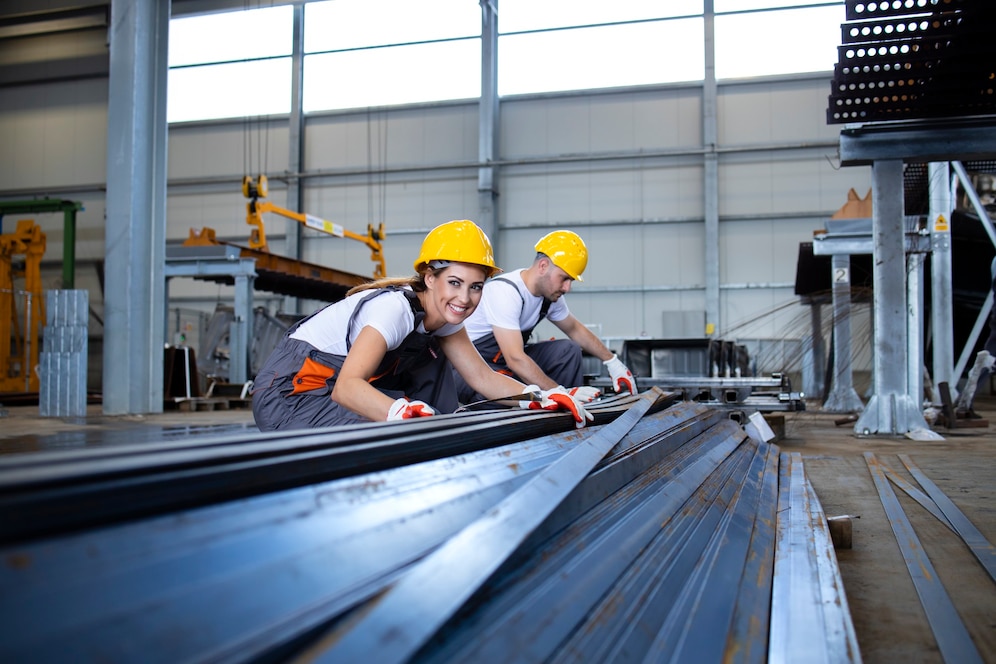Introduction
Automated sheet metal welding has revolutionized the manufacturing industry by offering numerous advantages over traditional manual welding processes. In this article, we will explore the benefits of automated sheet metal welding and how it enhances productivity, accuracy, and cost-effectiveness.
Increased Productivity and Efficiency
Automated sheet metal welding systems significantly increase productivity by reducing cycle times and eliminating human error. Robots and automated welding cells can work continuously, allowing for 24/7 production. Moreover, precise control of welding parameters and consistent repeatability improve overall process efficiency.
Enhanced Weld Quality and Consistency
Automated welding ensures consistent weld quality, eliminating variations caused by human factors. The use of advanced sensors and monitoring systems enables real-time feedback and prompt detection of weld defects. This results in higher weld integrity, improved joint strength, and reduced rework or scrap.
Cost Savings and Resource Optimization
Automated sheet metal welding reduces labor costs by minimizing the need for manual labor. With increased production rates, manufacturers can optimize resource utilization and achieve cost savings. Additionally, automated systems reduce material waste by optimizing consumable usage and minimizing errors.
Conclusion
Automated sheet metal bending offers significant advantages in terms of productivity, quality, and cost savings. By leveraging advanced robotics and automation technology, manufacturers can enhance their welding processes, achieve higher efficiency, and improve overall product quality. Embracing automated sheet metal welding enables manufacturers to meet the demands of a competitive market while maintaining the highest standards of precision and reliability.














